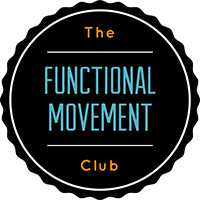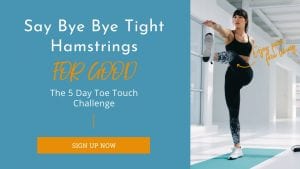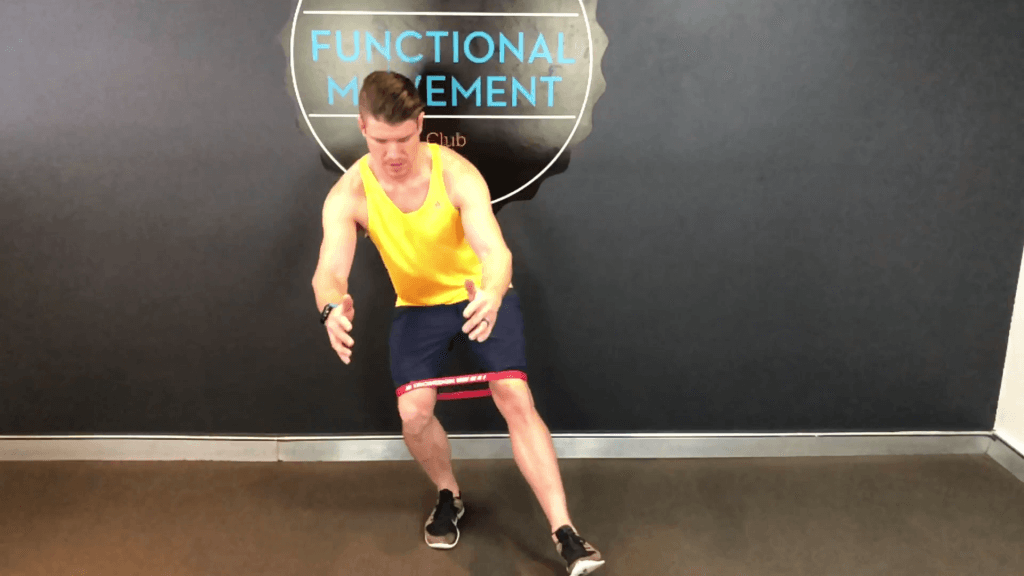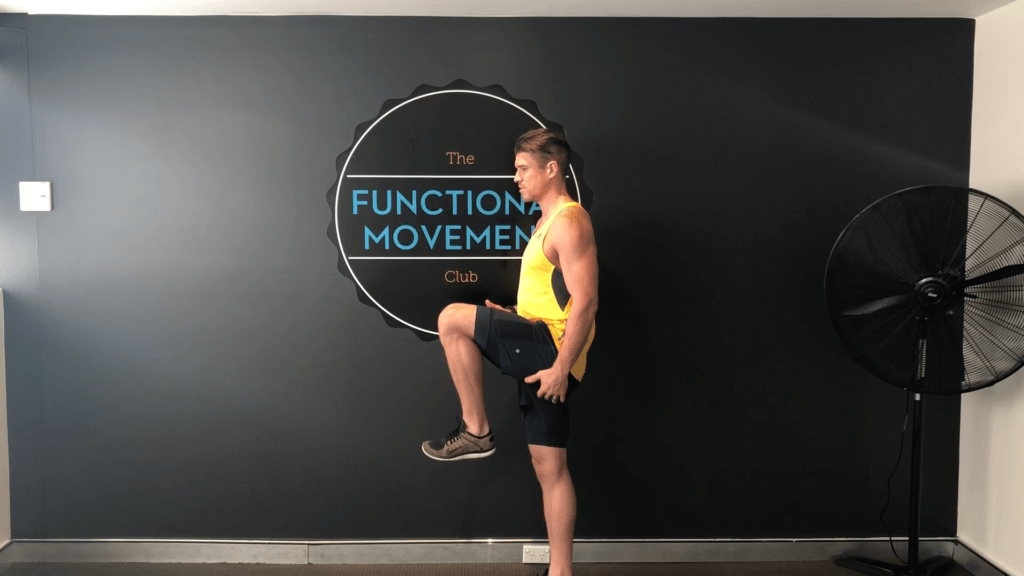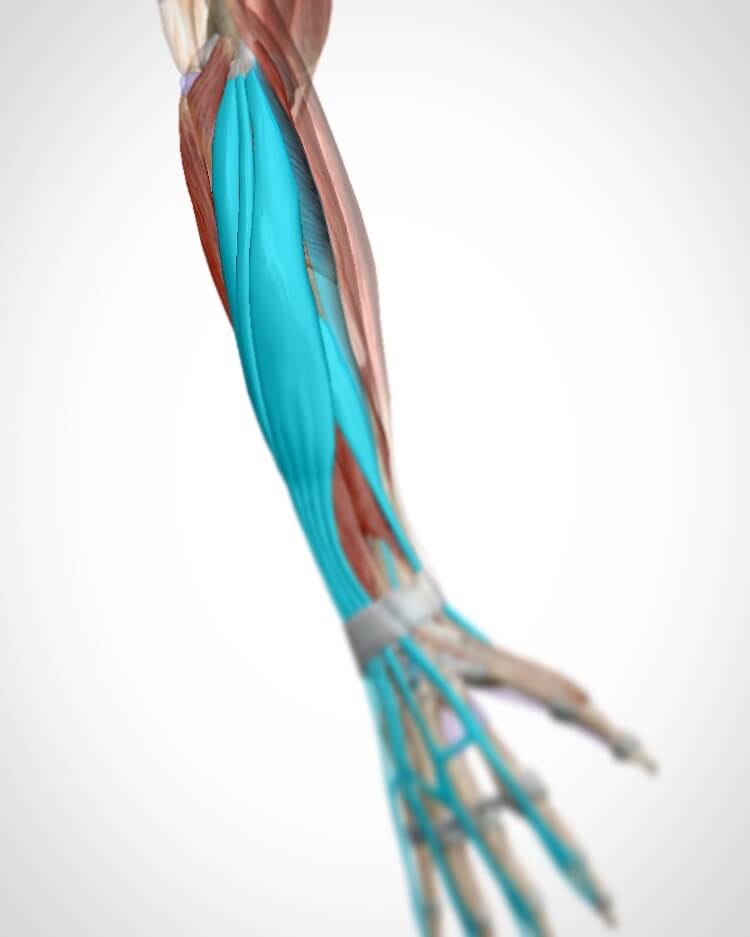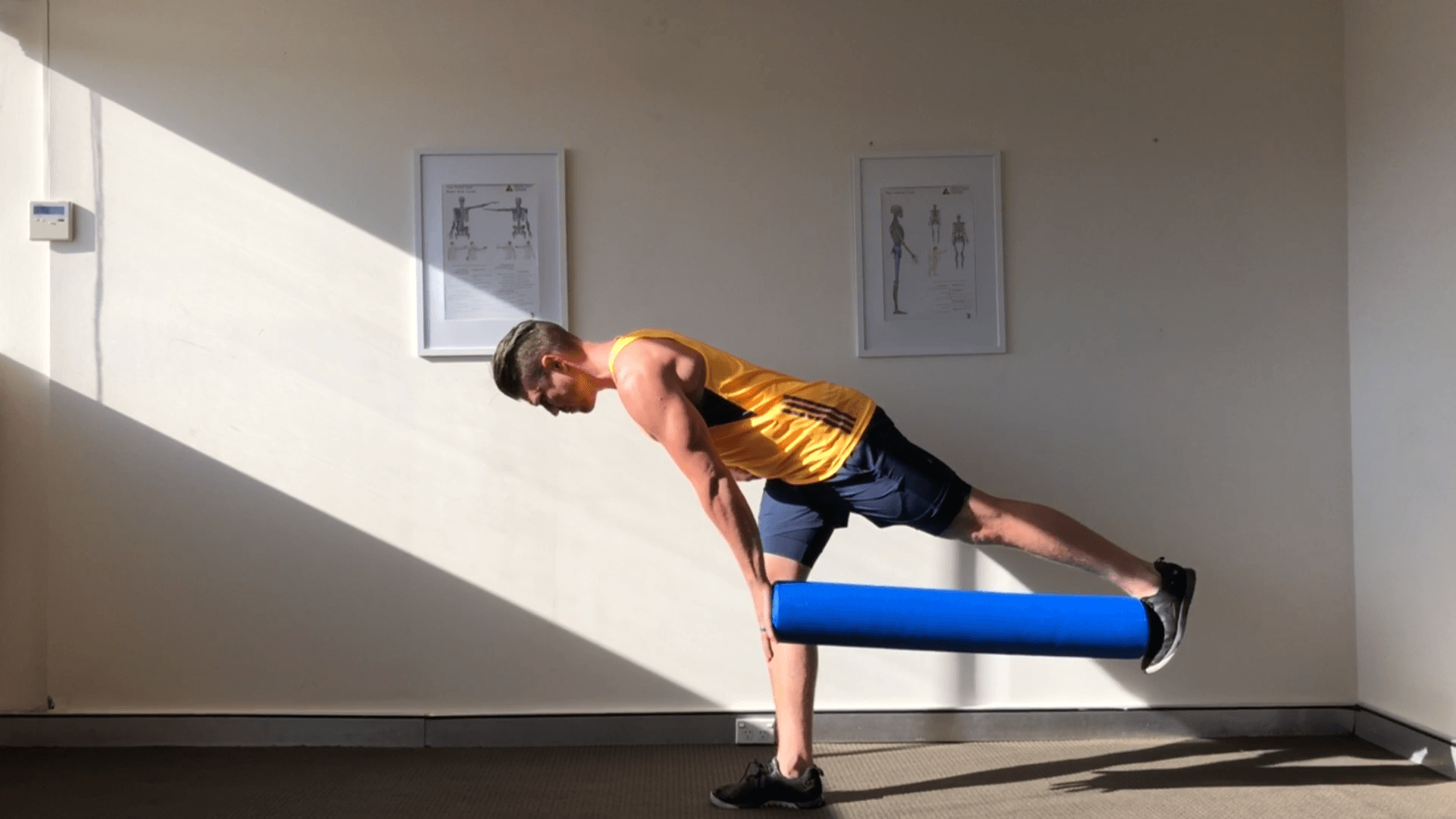
Stop Wasting Your Time On Foam Roller Exercises
Intro:
Foam roller exercises have become such a staple in almost every gym and home of any physically active person. But don’t let them sit around collecting dust. They are typically used for myo-fascial release, before or after a workout. Foam rolling is a simple way of releasing off any tight muscles and empowers you to keep on top of any aches of pains so that they don’t become an injury further down the track.
But do you know why or how they work? It is important to understand the mechanism behind foam rolling, so that you aren’t wasting hours and hours of time when you could get the same result in 5 minutes.
PSST . . . Heres a FREEBIE I made for you
Foam Rolling Exercises Help With:
- Increase flexibility.
- Reduce the delayed onset of muscular soreness (DOMS) and improve recovery.
- Improve short-term athletic performance.
What is Myofascial Release?
‘Myo’ is Latin for muscle, and ‘fascia’ is kind of like the glad wrap that surrounds the muscles, nerves and organs in the body. Basically, foam rolling is a form of self-manual therapy to reduce muscle “tightness”.
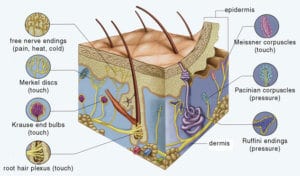
Figure1. The many different types of mechanoreceptors in the skin and what each of them are responsible for detecting.
The Fascia also contains nerve cells known as mechanoreceptors. These mechanoreceptors are what cause a muscle to contract and relax. When the brain perceives danger (injury) it causes your muscle to tighten up. When you foam roll you are stimulating these mechanoreceptors. You are telling the brain that it is safe for this muscle to lengthen and contract without fear of injury. When the brain no longer perceives threat with movement your muscle feels like it has release and your range of motion increases along with it.
How to get the Most from your Foam Rolling:
Before getting stuck into your foam roller exercises it is always a good idea to do a warm up first such as a light walk or jog to get the blood flowing to the areas about to be worked.
Start off with a few sweeps of the entire muscle, to increase blood flow to the region, then slowly work your way up from the bottom part of the muscle to the top, stopping at any trigger points (painful spots) along the way and sit on them for 30 seconds – 1 minute until the begin to “dissolve”. Once the initial pain dies down, gently shorten and lengthen the muscle for 3-5 times. Repeat this process up the entirety of the muscle until all those trigger points have dissolved.
No Pain, No Gain?
When done effectively foam roller exercises should provide a noticeable muscle release after 1-2 minutes, if you are rolling around holding your breath going red in the face, your foam roller is not going to help. You are more likely to increase the mechanoreceptors perception of threat. This will further tighten up the muscle and decrease range of motion. The exact opposite of what you were trying to achieve.
In this case it is something you should get checked out by your local friendly Brookvale chiro or physio who will give you some alternative Myofascial Releases.
To check out my how to Foam Roll series click here.
To Get The Most From Your Foam Roller Exercises:
- Light warm up to increase blood flow
- 3-5 sets of 20-30 second repetitions.
- 3-5 times per week performed on a consistent basis to achieve and retain the chronic effects on flexibility.
- Don’t push through pain, it will only reverse the good work you have previously done.
Foam rolling is really only one part of your mobility routine, once you have released off your tight muscles with these foam roller exercises its time to teach the muscles how to work better.
My favourite Glute Activation exercise:
Give Yourself The Ultimate Foot Massage (It Could Just Save Your Life):
Need Some Extra Help With Your Mobility? Click Below Or Give Us A Call:
Check out our Better Mobility Program.(Click Here)
References:
Fig 1. http://biologyboom.com/write-a-note-on-mechanoreceptors-tactile-receptors-in-the-skin/
